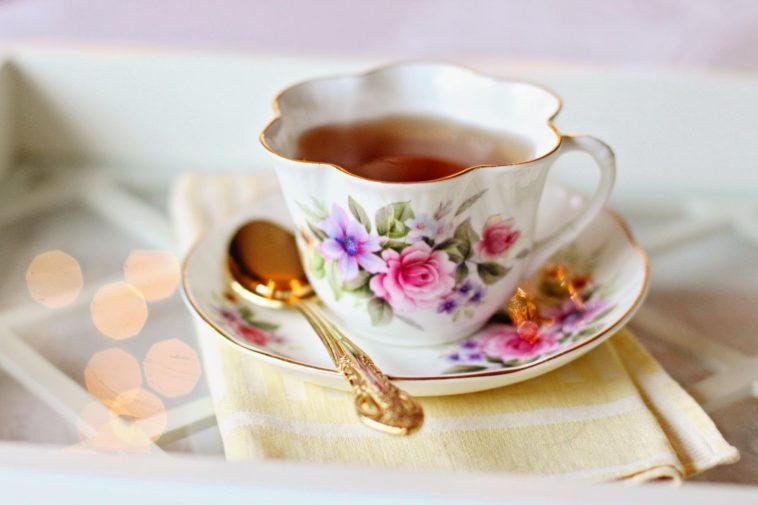Tea is one of the most popular drinks in the world, enjoyed by people from all walks of life. But what do we know about tea? Where does it come from? How is it made? And what are the different types? In this article, we will explore tea’s fascinating history, how it is made, and the available types. We’ll also provide tips on preparing tea perfectly every time. So sit back, relax, and let’s get started!
The History of Tea
Humans have enjoyed tea for thousands of years, with records dating as far back as 4500 BC. It is believed that tea originated in ancient China and was used as a medicinal drink. Over time, it became more commonplace, becoming an integral part of traditional Chinese culture. Tea eventually spread to Japan around the eighth century AD and, later, to Europe and the United States.
Today, tea is enjoyed around the globe, with various countries having unique customs and rituals surrounding it. For instance, Turkish Apple Tea is a refreshing and delicious infused tea with apple, cinnamon, and cloves that is popular in Turkey. You will also find many distinct tea ceremonies in Japan, India, and other countries.
Types of Tea
Tea comes in a wide range of types, tastes, and flavors. There are five main categories of tea – white tea, green tea, oolong tea, black tea, and pu-erh tea – all of which come from the same plant species (Camellia sinensis).
- White Tea: White teas are typically light in flavor and subtle in taste, with a slightly sweet finish. These teas are made from young tea leaves and buds that are minimally processed. Its ingredients include white tea buds, jasmine flowers, and dried fruit.
- Green Tea: Green tea is made from steamed or pan-fired leaves soon after they are picked so that the leaves remain unoxidized. It has a grassy flavor with a hint of sweetness and contains antioxidants and vitamins. Its ingredients include green tea leaves, herbs, and flowers.
- Oolong Tea: Oolong tea is a semi-oxidized tea that sits between green and black teas in terms of flavor. It has a smooth finish with notes of floral and honey. Its ingredients include oolong tea leaves, jasmine flowers, and fruit pieces.
- Black Tea: Black tea is a fully oxidized tea and has a strong, robust flavor. It is often used in traditional English-style teas with milk and sugar. Its ingredients include black tea leaves, spices, and herbs.
- Pu-erh Tea: Pu-erh tea is a unique fermented tea made from sun-dried tea leaves. It has a rich, earthy flavor and is often served with food. Its ingredients include Pu-erh tea leaves, herbs, and spices.
How to Prepare Tea
To make the perfect cup of tea, you will need fresh water (not tap water), loose-leaf tea, and an appropriate teapot or vessel. Start by heating the water to the correct temperature for your desired type of tea. For green and white teas, heat the water to 175-180°F; for oolong, black and Pu-erh teas, heat it to 195-200°F.
Once your water is heated, add 1 teaspoon of tea (or 1 teaspoon of tea leaves per 8 ounces of water). Steep for 3-5 minutes and remove the tea leaves. If desired, you can also adjust the steeping time to create a more robust flavor.
Finally, serve your freshly brewed tea with a slice of lemon or honey, depending on your preference. Enjoy your tea with friends or family, and savor the flavor!
We hope you have enjoyed this ultimate tea guide and gained a better understanding of the fascinating history of tea, its types, and its preparation. Now, it’s time to put your newfound knowledge into practice – grab some loose-leaf tea, get out your teapot, and brew the perfect cup!





